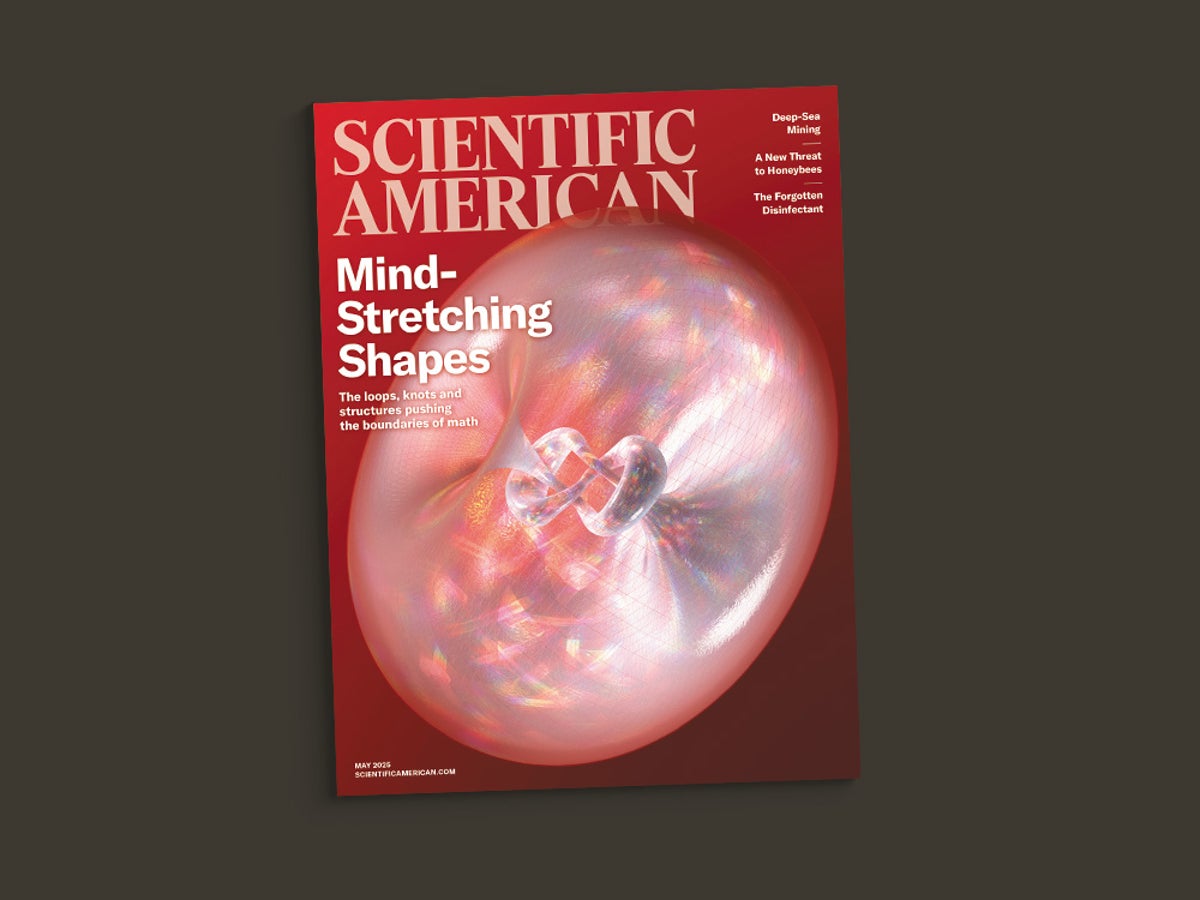
"The drive to understand the natural world, often through abstract thinking, becomes clear in some of the essays, showing the rich connection between math and nature."
"Marx tells us how he entered the story as he boards a privately owned ship, uncertain why operators permitted him to observe such a brazen deep-sea mining project."
"Insights gained about this venture suggest a new era of deep-sea mining had all but begun, raising questions about awareness among PNG regulators and community reactions."
"A cosmic mystery unfolds, as Robin George Andrews plays detective on the case of some misbehaving space objects, blending insights from astronomy and geology."
The May issue of Scientific American features an exploration of deep-sea mining, unique geometrical shapes appreciated by mathematicians, and an investigation into cosmic phenomena. Rachel Crowell highlights various forms that entice mathematicians, illustrating the connection between mathematics and natural philosophy. Willem Marx depicts a revealing narrative of deep-sea mining off Papua New Guinea, addressing environmental implications and community responses. Lastly, Robin George Andrews investigates strange celestial bodies, merging scientific inquiry with the mysteries of the cosmos, providing readers with both scientific insights and philosophical questions about understanding our universe.
Read at www.scientificamerican.com
Unable to calculate read time
Collection
[
|
...
]